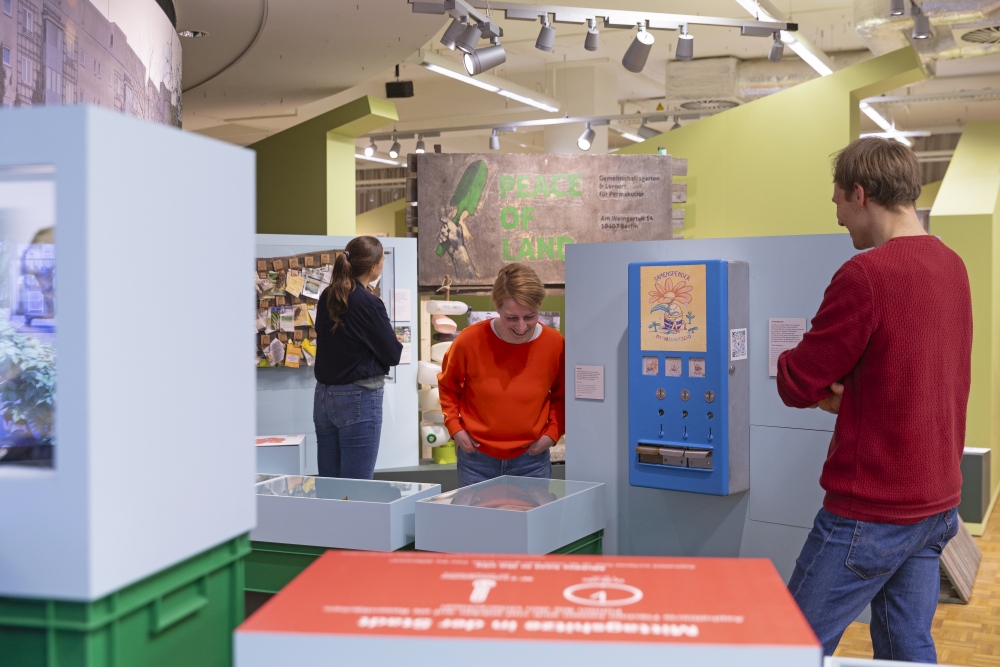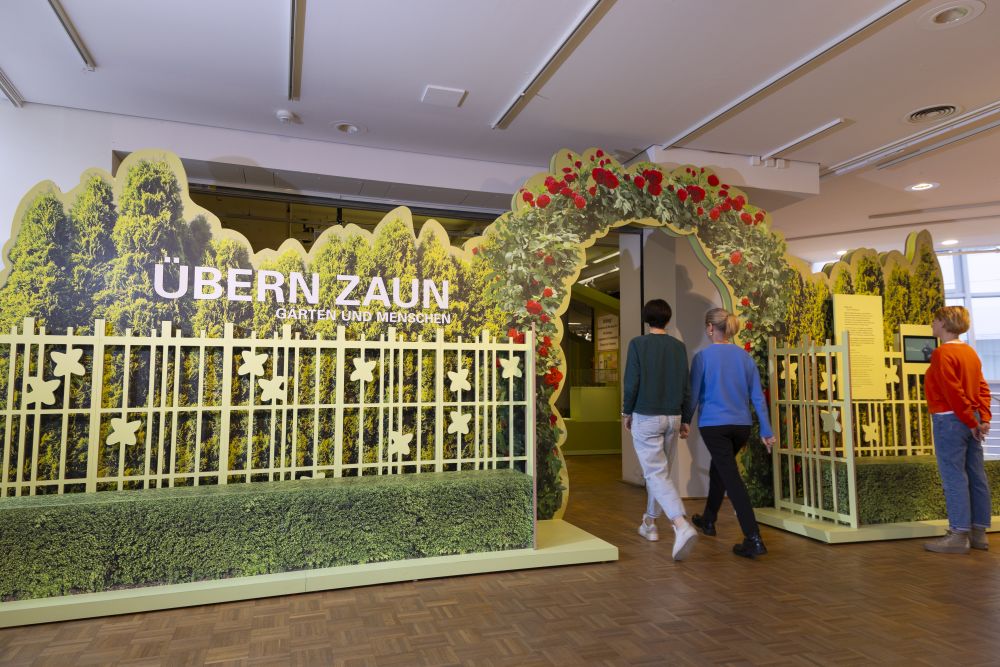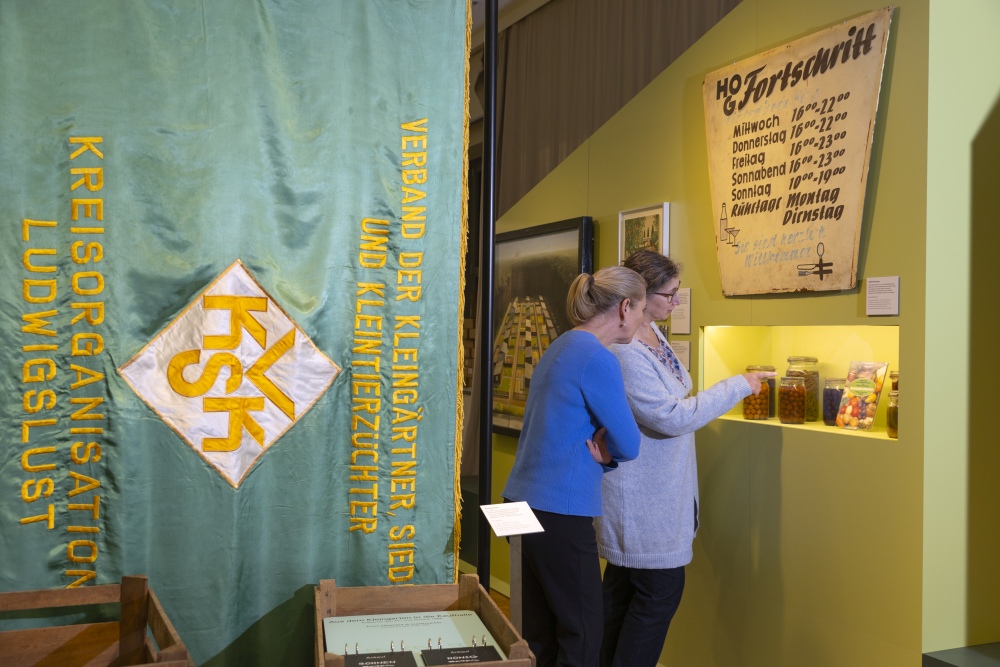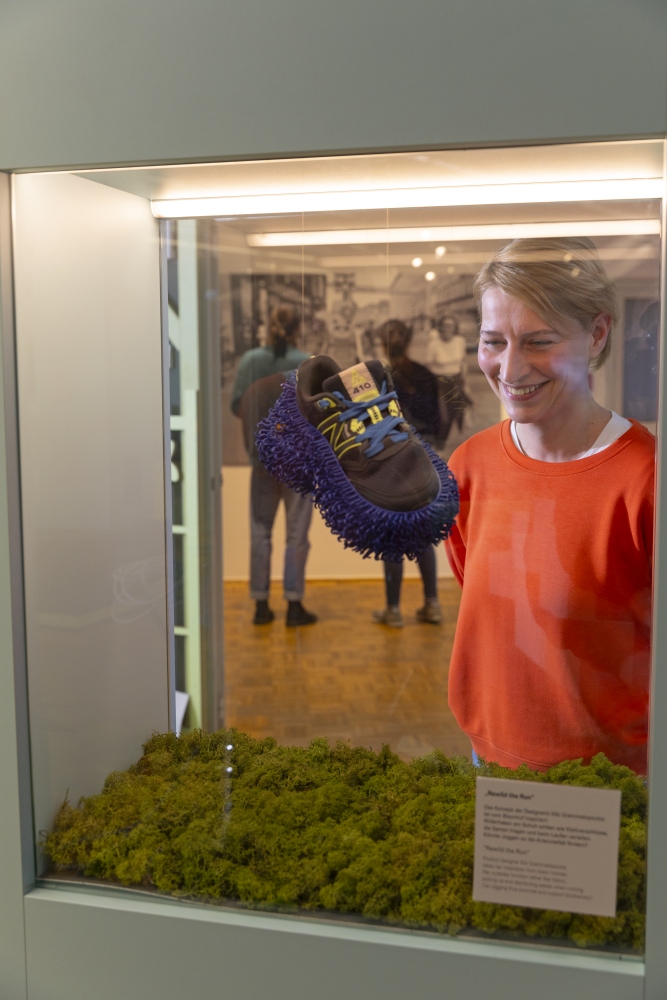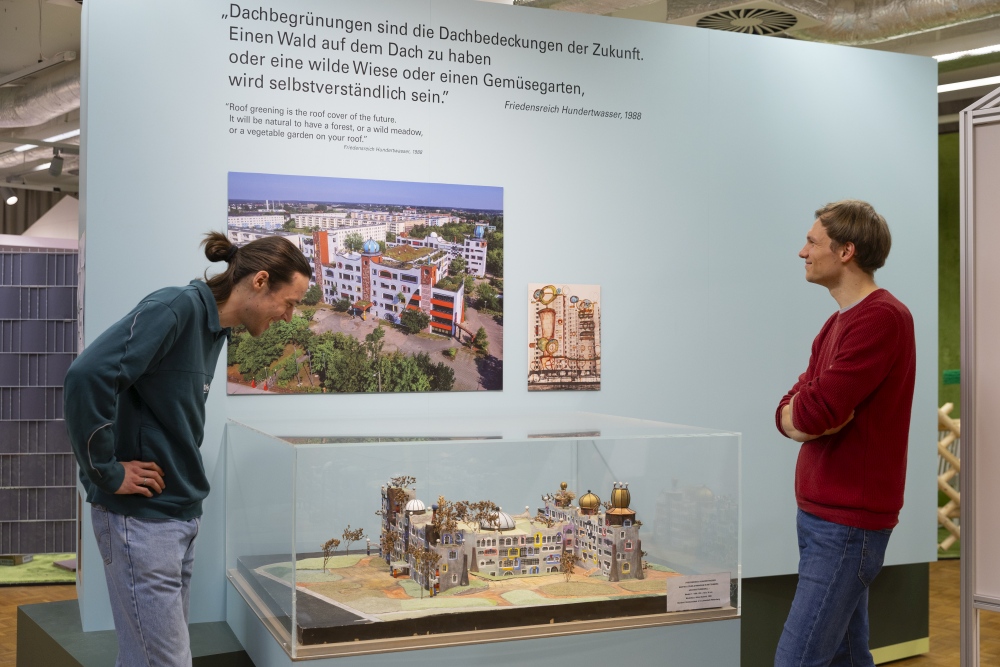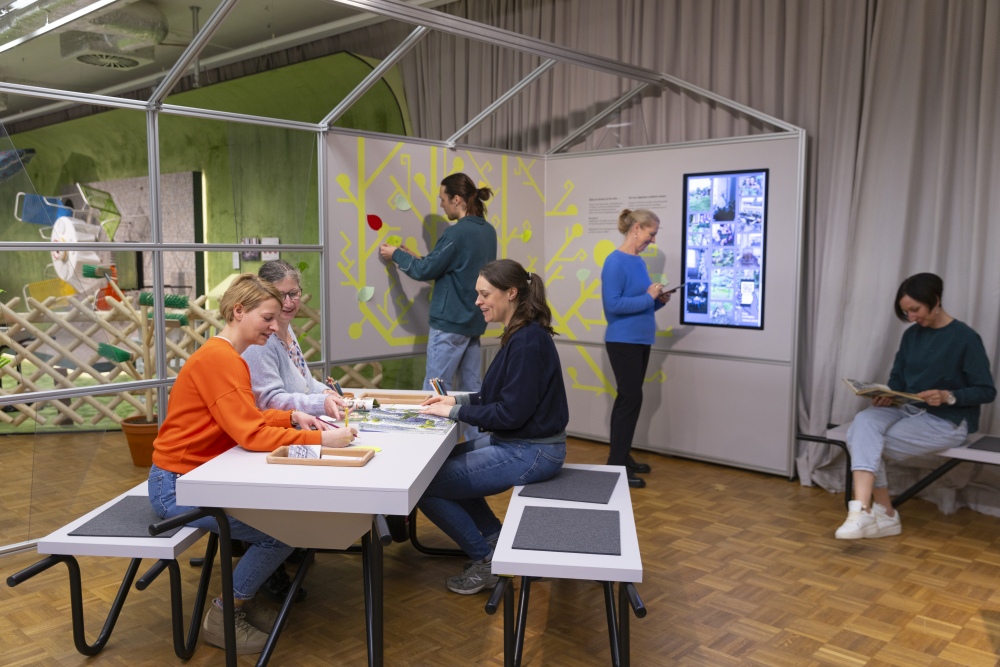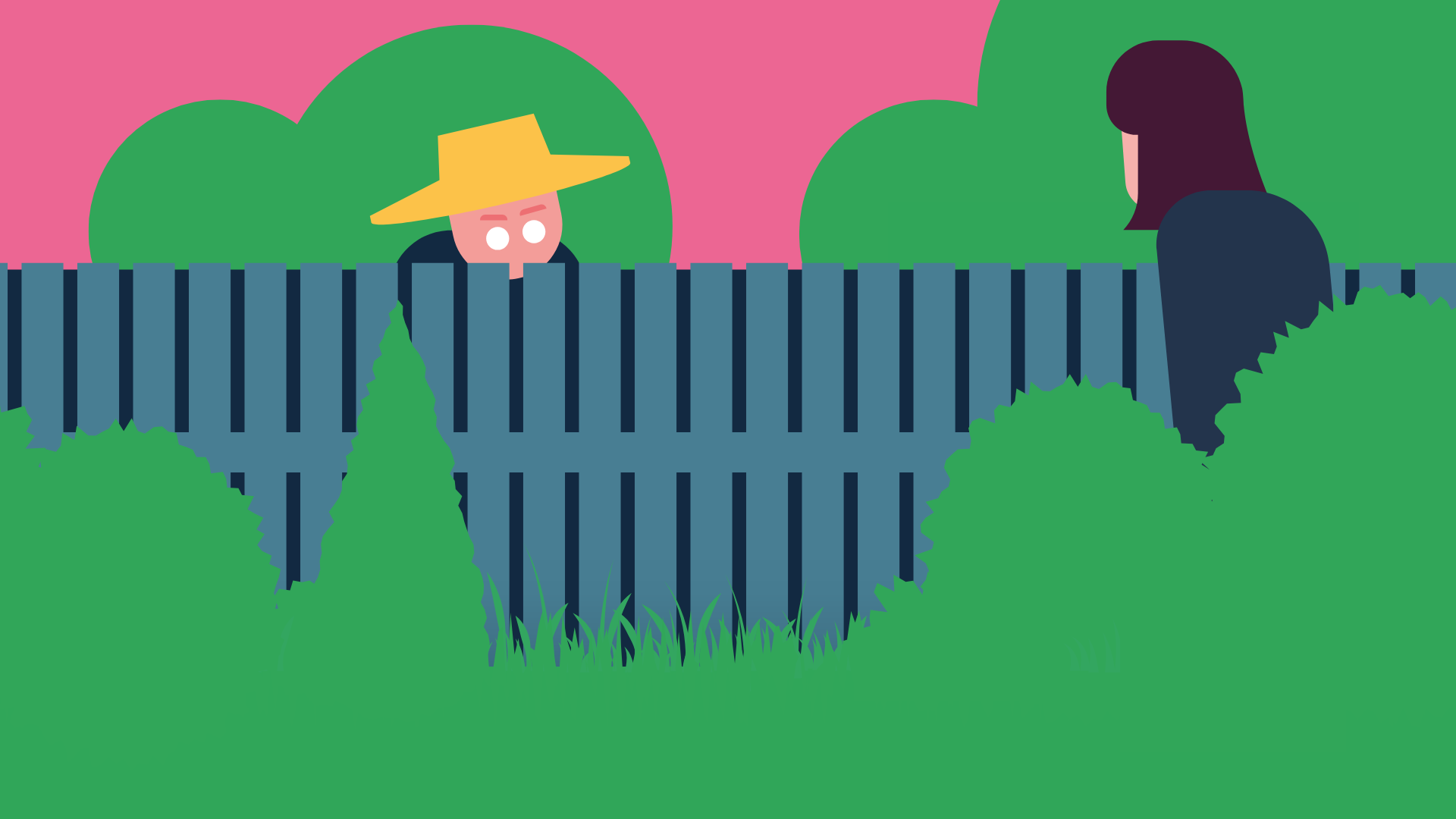
In the 80 years since the end of the World War II, not only has society changed rapidly - our gardens have changed too: from the post-war kitchen garden to the prestigious garden of a single-family home to new forms of gardening such as urban gardening, which is intended to make our cities greener today.
In our exhibition we look at the topic “garden” and ask about the social functions of allotment gardens, home gardens and community gardens in Germany.
The first section, “Utilisation”, focuses on allotment gardens. After the World War II, these plots were important for providing food to people in a destroyed Germany. Gardening tools were scarce, and people were forced to improvise. We illustrate this with a garden rake made from ammunition shells. Even later, in the GDR, allotment gardens remained important: home-grown fruit and vegetables from their own garden helped fill some gaps in the GDR's planned economy.
The second part, “Display”, revolves around the dream of owning a house with a garden. We look at the development of home gardens into status symbols - with perfect front gardens and idyllic terraces in both East and West Germany. A John Deere ride-on lawn mower from the 1980s illustrates the desire of many West Germans for a perfectly manicured lawn.
The section “Change” explores current forms of gardening such as “guerrilla gardening”. Climate change is forcing us to rethink our approach - both to private gardens and to the planning of our cities. At the end of the exhibition, we take a look into the future and present a digital utopia by Hamburg artist Jan Kamensky. As a “digital gardener”, he transforms streets and cityscapes into car-free, green oases. For the exhibition, he has transformed Grimmaische Straße in Leipzig and our museum into a blossoming utopia.
Participation is encouraged: at various analogue and digital feedback stations you can vote on topics such as gender stereotypes in gardens: Is mowing the lawn (still) a man's job and weeding really women's work?
The cosy “idea garden” at the end of the exhibition invites you to relax, play games or get creative.
Insights
